4 Top Reasons Why You May Want to Start a Blog
To blog or not to blog? That is the question. If Shakespeare lived today, he would probably be one of the top bloggers. However, it doesn’t mean that if you are not so good at writing, there is no way for you to create a blog. On the contrary, nowadays, in the era of Internet marketing, virtually everyone can become a blogger. It’s not that difficult with dozens of blogging platforms and top notch blogging software.
The main thing is you should have a real passion for your blog topic. In this case, you’ll be always motivated to keep creating posts no matter what. To ignite your creative fire even more, feel free to check these 4 main reasons why you may like the idea of starting a blog:
- Help others. In your blog, you will share your experience in a certain field or niche. You’ll tell your readers about your struggles and how you managed to overcome them. In this way, your posts will help them deal with their issues and they will be grateful to you.
- An opportunity to get a good reputation and recognition in your niche. Your blog is a very powerful tool that enables you to establish and showcase your expertise. If you take efforts and create really helpful and informative posts people will appreciate it and come to your site again and again. In the long run, you’ll get a reputation of an expert in your niche.
- Create your own community. One of the greatest benefits of blogging is that it enables you to create your own tribe. It is very important to communicate with your followers and reply to their comments. In this way, you’ll establish a bond between you and them. Communication with your audience is very important. A good communication means trust of the readers. It’s very important for your blog.
- A great way to make money. A blog is a great tool in terms of making money online. However, you should be patient. Keep in mind that before getting something from your followers you should give them something valuable first. That’s where helpful content should be your main asset.
6 Simple and Effective Steps to Start a Blog in Less than 20 Minutes
Choose a Topic for Your Blog
That’s where you should take your time and think carefully what topic to choose. There are gazillions of things to write about. It can be a blog about sports, health, fashion, finances, software, relationships, etc. The main thing here is that you should be passionate about it. Put your passion first, not the desire to make money.
There are 3 main types of blogs that you may like to start:
- Life experiences. Here you share your personal experience, tell people about you and your lessons that you’ve learned.
- Passions and hobbies. If you have a hobby, this type will be a real find for you. It will enable you to create a community of the like-minded people who share the same passion. You’ll be able to find new friends or acquaintances and exchange various helpful ideas with them.
- Personal blog. Here you expose your personality to the world. It’s like a diary where you write everything you want about yourself and your life. However, it should be interesting and helpful for other people otherwise there is no point in creating a blog.
Setting Up a New Blog
Check the WordPress section on the hosting website.
Comparison with other hosting services
Choose the WP Essential pricing plan.
This pricing plan will give you a number of benefits that will be useful for you in the future.
After that, you will see the domain selection page where you choose the domain for your blog.
Enter the domain name you want to get for your blog. If it is available, order it.
Then fill out your personal data and payment details.
It may be a good idea to choose a year plan. You’ll save on it in the long run. If you are on the limited budget at the moment, you can pay for one month.
Once you make a payment, you will be able to open the Installer for WordPress.
If you have any difficulties with the installation, feel free to contact our specialists for help at [email protected]
Customize Your Blog
1. Go to the Admin Panel
2. Overview of the Admin Panel
On the left, there is the main menu.
In the Dashboard menu, you will see the CMS overview page. It usually displays important information about the site and plug-ins.
In Posts, you add / edit blog posts (entries)
In Media, you administer media files such as images, documents, etc.
In Pages, you manage static blog pages that do not belong to the blog (About, Contacts …)
In Comments, you manage blog comments (moderate, edit …)
In Appearance, you manage the basic parameters of the template design
In Plugins, you manage plug-ins, as well as download new
In Users, you administer a list of site users and assign access levels
In Tools, you connect the CMS helper components for automation, import, export, and so on.
In Settings, you fine-tune the CMS WordPress for your needs.
3. Update
Update the WordPress to the latest version. This is important for safety. Moreover, you’ll be up-to-date with new technologies.
Also, update the plugins and themes.
4. Install and Configure the Blog Topic
On this page, you can add a new topic or select one from the standard topics.
Find a quality theme/template. You can do this by clicking “Add New” or in online stores like
https://www.templatemonster.com/
Next, click Customize to go to the theme settings page.
This page is convenient for a detailed customization of the theme (template).
Site identity – here you customize logos, title, and description of the site
Color – customize theme colors
Header Media – adjust the top of the page
Menus – customize the blog menu
Widgets – customize blog widgets
Static Front Page – tweak the settings of the main page of the site and the blog page
Additional CSS – add additional CSS code if you need to customize your site and come up with something unique.
5. CMS Settings
- General
In this tab, you configure the Site title and description
Links to the domains of your site (this is important if you have the SSL certificate installed)
Language, date and time of the site.
- Writing
At this stage, it is important to set up the main category and format.
- Reading
Here you can also set up the front page and Post page
the number of displayed posts on the pages, the settings of pagination
Tip: If you are going to conduct a long development of the site, check the Search Engine Visibility checkbox so that Google does not index any pages that are not needed.
Important! Do not forget to remove it when you start promoting the site.
- Discussion
This section is needed to configure the comment module. At this stage, it is important to choose the author must have a previously approved comment. You’ll need this to protect your blog against spam in comments.
Alternatively, you can use comments from Disqus https://wordpress.org/plugins/disqus-comment-system/.
- Media
Here you can change the sizes of images that will be automatically saved on the hosting for further use on the site pages.
- Permalink
This is an important section for setting up the type of links for your future posts
I recommend you choose Post name as it is better accepted by Google.
6. Customize the Menu
To create a new menu, you need to click on the Create menu button and then you can configure it. See the image below.
You will need to create the necessary pages in the Pages, Posts, Categories section first. Then you can add them to the menu or you can add any Custom Links.
Tick them and click Add to menu.
Display Location – you choose where this menu will be displayed. This list depends on the template settings.
7. Configuring Widgets
In this section, you customize widgets for the sidebar, footer and other parts provided by the template.
On the left, select the desired widget and drag it as shown in the picture
After that, you customize the widget in more detail.
If any widget is not needed now, you can drag it to the Inactive widgets section so that it will be saved for the future.
8. Configuring Plugins
In this section, you enable/disable, install or remove plug-ins.
To add a new plug-in, click Add New and enter the name in the search bar.
For example, iThemes Security.
Then click Install New and Activate.
This is a very useful plugin for protecting your site because very often the WordPress is a subject to hacking.
I recommend you install it right away and configure the permissions 444 for the .htaccess and wp-config.php files in the root of your site.
Also, you can find 10 helpful plugins here.
Create the First Post and Publish It
To quickly create a new page or post, select Add post/Add page in the drop-down menu “+ New” in the top menu.
Enter the name of the page, for example, “12 Great Tips on How to Boost Your Traffic” and note what Permalink link will be. You can edit it.
Next, you need to add content to the page – text, images, video, etc.
To upload a new image or add an already downloaded one, click the Add media button.
After adding content, you format it with available tools. For this, check the panel at the top or go to the HTML code editor to add non-standard parts.
If you write a post, then on the right you choose the category and format.
Then click “Publish” to publish the page.
Congratulations! You’ve created your first post. Make sure you publish posts on a regular basis.
Blog writing can be stressing and time-consuming. That’s why many business owners choose blog writing services at ContentAdore.
Get Readers (Blog Promotion)
Now, you need to attract visitors to your post. What are the best and the most effective ways to do this? Here are 5 main ways:
- Email marketing. Start building an email list as soon as possible. It will help you be in touch with your readers and engage them with your posts on a regular basis. If you don’t do this, you are likely to miss a lot of traffic. All top bloggers do it offering a lead magnet in the form of a free e-book, checklist, etc.
- Guest posting. Contact other bloggers and ask them for a guest post. Be polite. Make sure you show respect to them first. Once you negotiate the topic and terms you need to create a high-quality article.
- Social media platforms. Twitter, LinkedIn, Facebook, etc. can make your content go viral if it turns out to be valuable for other people. It’s a very powerful tool for promoting your content especially if you are on a limited budget. Try it.
- Organic search. Make sure you include keywords in your articles. To make a research on keywords, feel free to use free SEO tools like Keyword planner or Keyword Explorer (free trial). Choose keywords with a less competition and higher search volume. For more info on how to get your website on the first page of Google, feel free to read our comprehensive guide.
- Crowd marketing will enable you to get even more traffic. For this, you need to leave comments on relevant forums, Reddit, Quora, etc.
 Share This Graphic on Your Site
Share This Graphic on Your Site
Please include attribution to ContentAdore with this graphic.
<a href="https://contentadore.com/start-blog-free-amazingly-simple-tips/">
<img src="https://contentadore.com/wp-content/uploads/2019/02/Get-Readers-Blog-Promotion-2-750x2270.png" title="Get Readers Blog Promotion - ContentAdore Infographics" alt="Image of Get Readers Blog Promotion - ContentAdore Infographics" width="540px" border="0" />
</a>
Monetize Your Blog
A successful promotion will result in a lot of traffic on your site. It means it’s high time to turn visitors into leads = income. How to do it? Here are 4 top ways:
- Sell your own services/products
- Write reviews of companies/products/services and get paid for doing it
- Sell space for adds
If you have many visitors, a lot of advertisers will contact you with their offers. In this case, Google Adsense can be one of the best options. They will do all the hustle for you. You just need to put the code on your site and start the ad campaign.
Conclusion
A clear vision is a key to success. If you know what you want from your blog, you will set the goals and achieve them. This article is aimed at giving you the direction. However, the main thing is to start and keep doing it on a regular basis. Good luck!

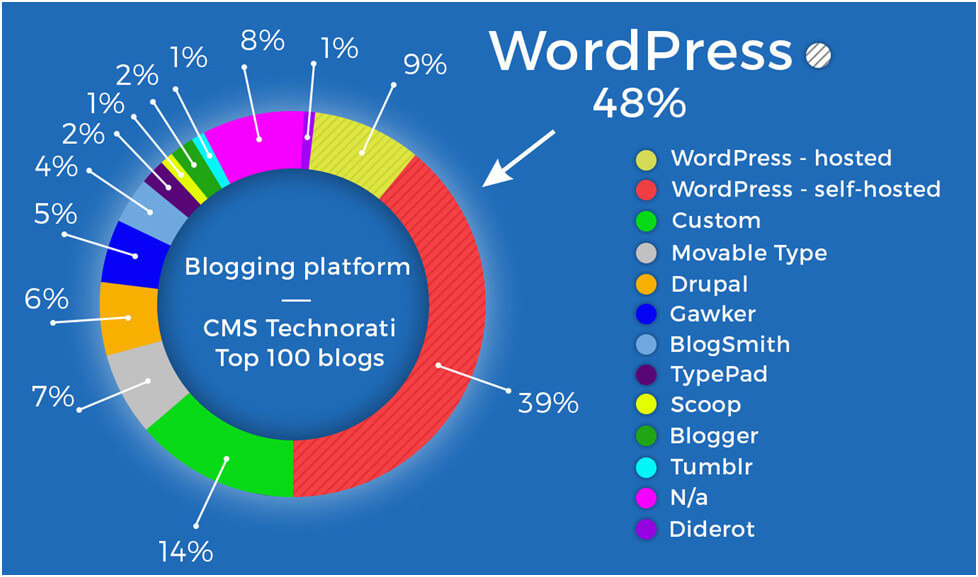


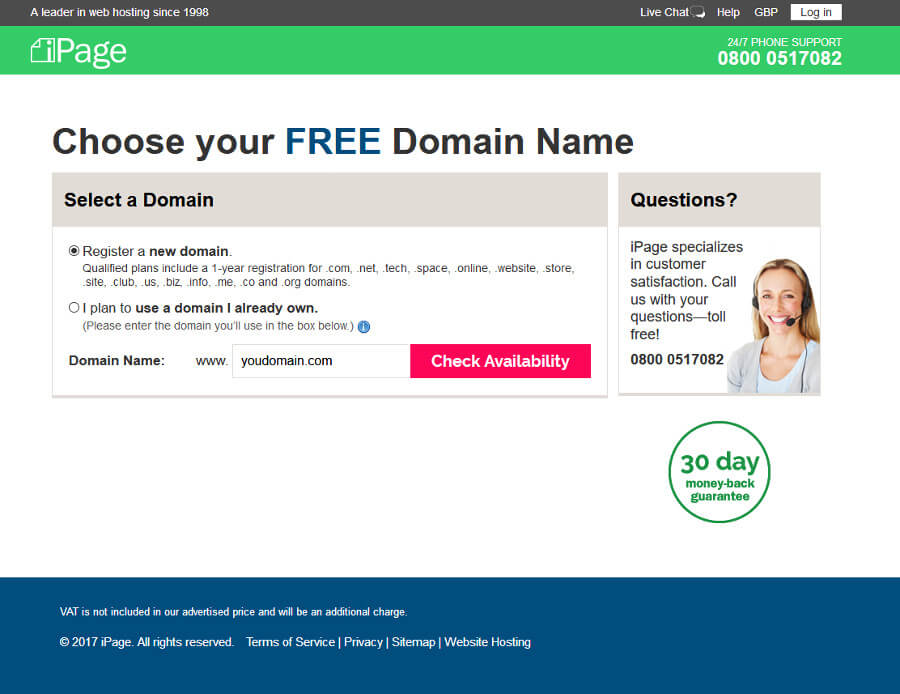

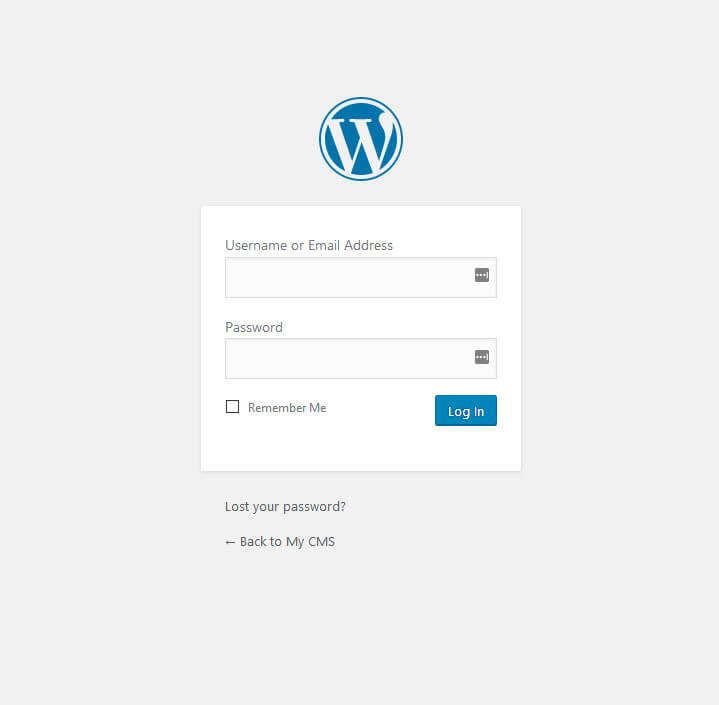
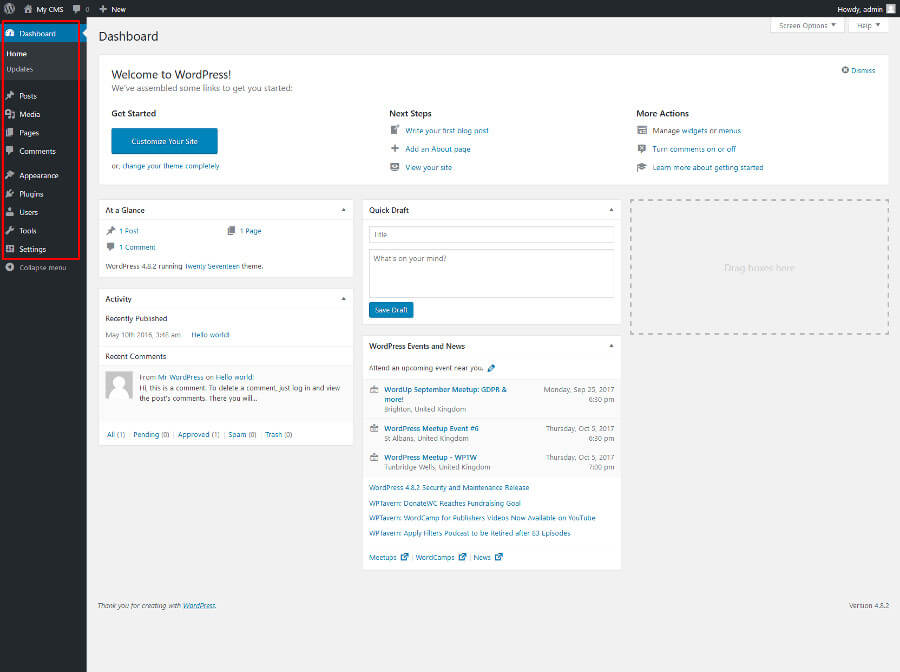

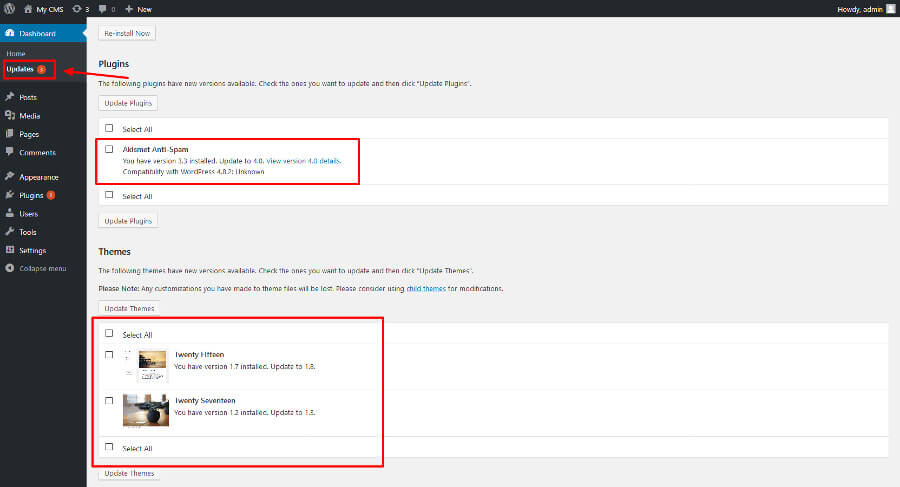

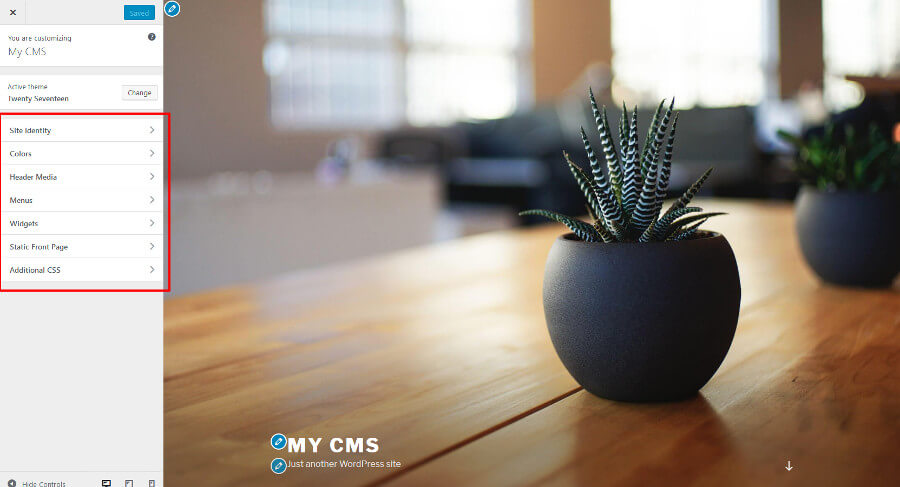

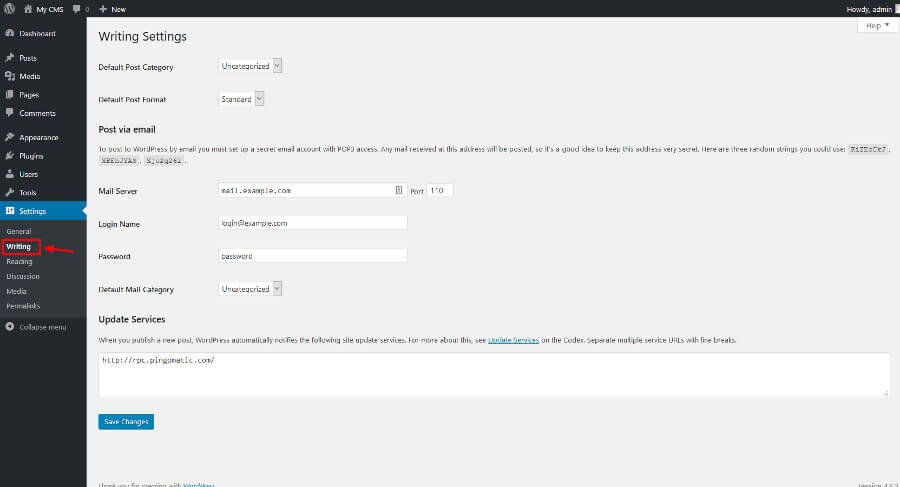
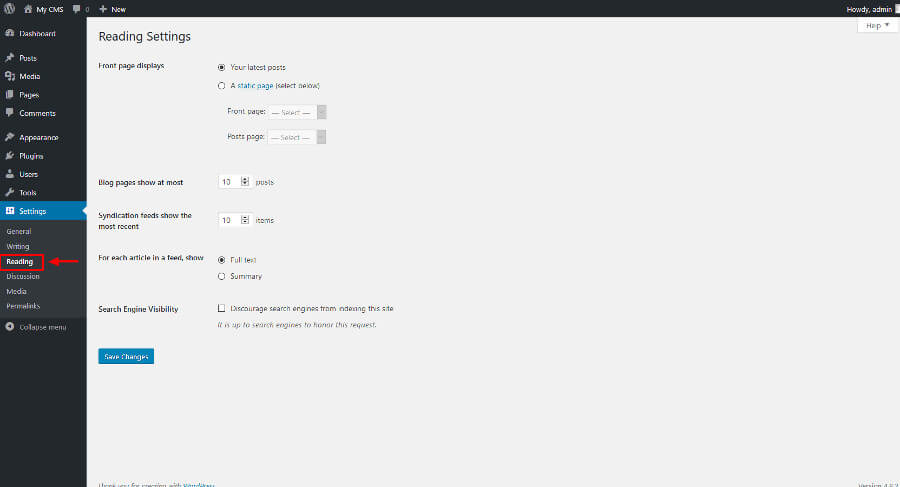

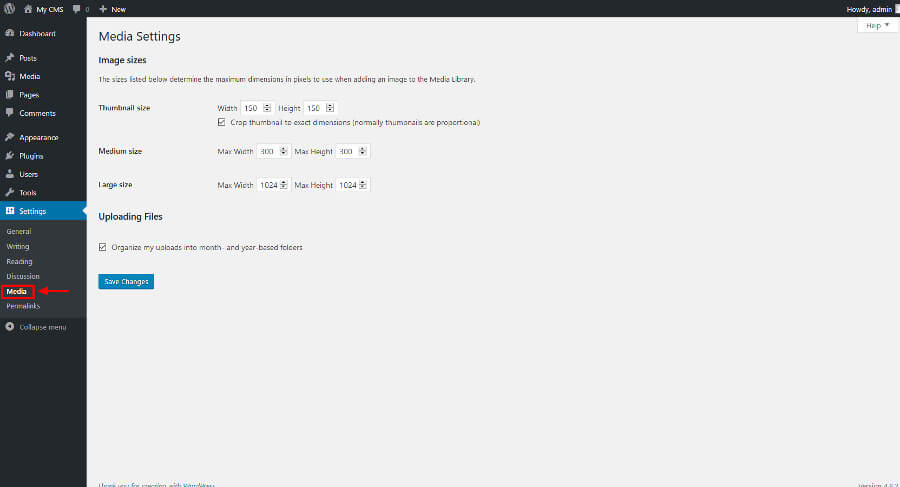
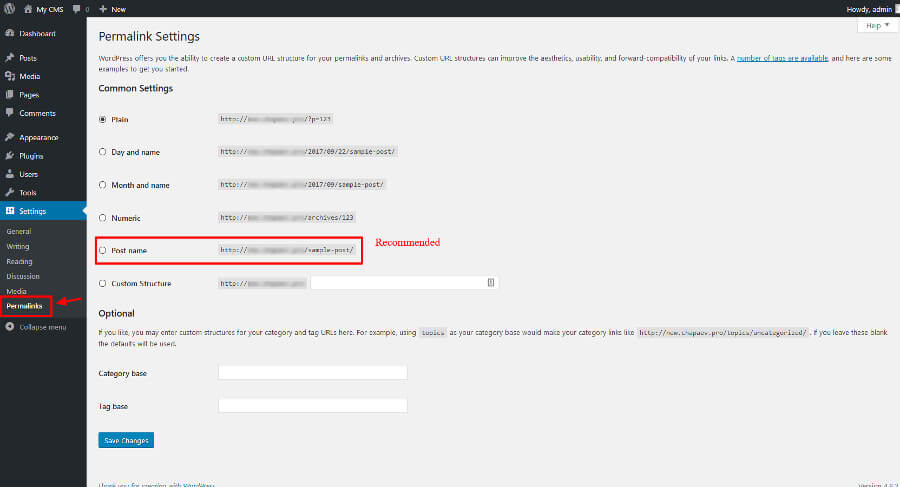
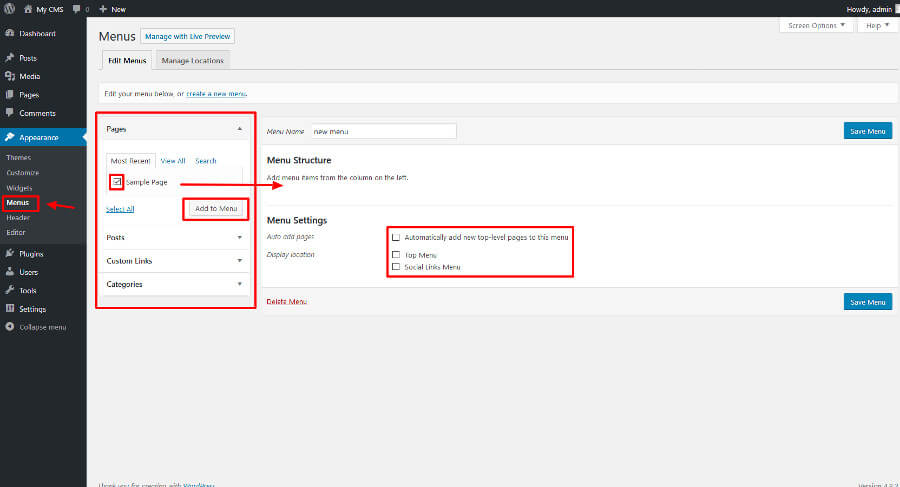

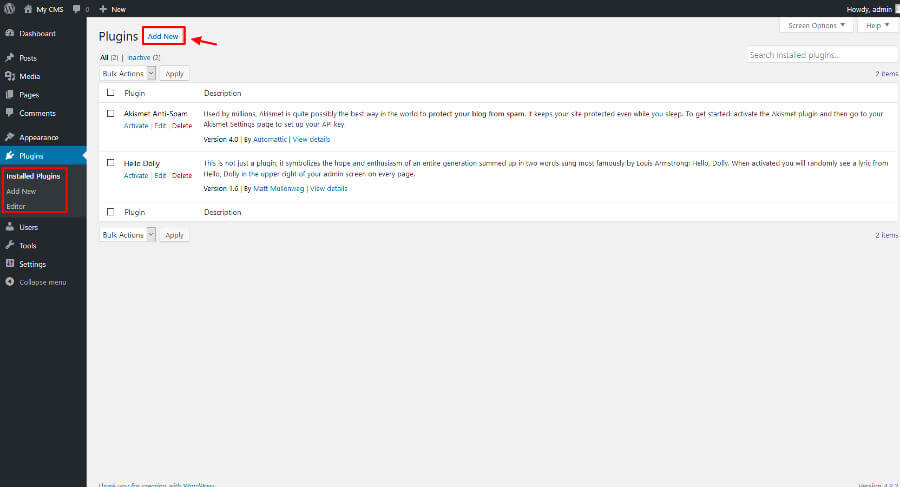
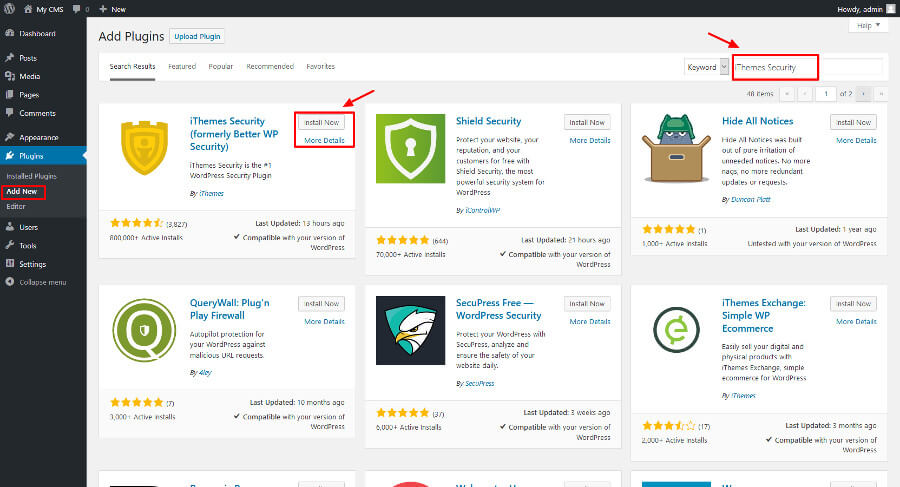
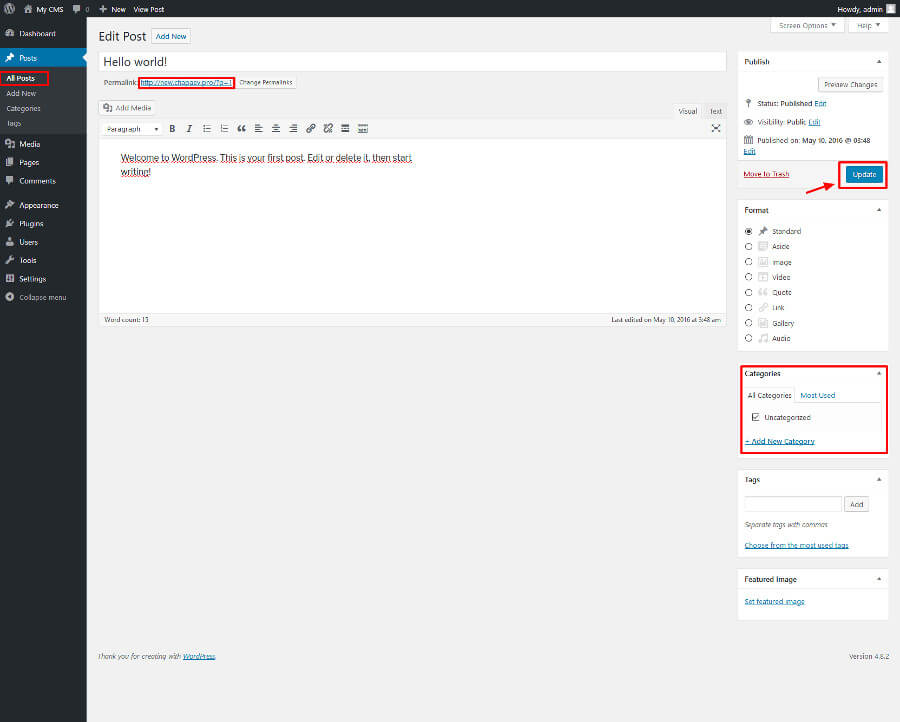

Hello. Great! I’m glad you think so! Thanks. )